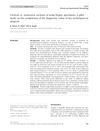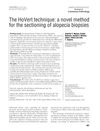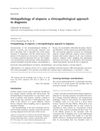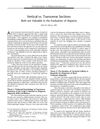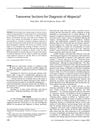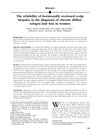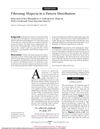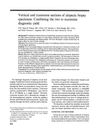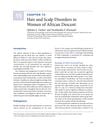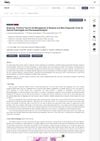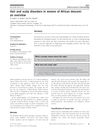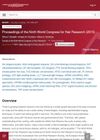The Current State of Play in the Histopathologic Assessment of Alopecia: Two for One or One for Two?
February 2013
in “
Journal of Cutaneous Pathology
”
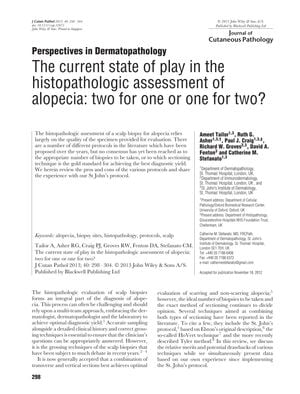
TLDR The document concludes that choosing the right biopsy site is crucial for accurate alopecia diagnosis, and combining methods can improve results.
The document from 2013 reviews the effectiveness of various biopsy and sectioning techniques in the histopathologic assessment of alopecia, including the St. John's protocol, HoVert technique, and Tyler technique. It highlights the St. John's protocol's success in increasing diagnostic yield from 52% to 68% in a retrospective analysis of 56 cases and an overall diagnostic yield improvement to 87% in an audit of 413 cases. The review also notes the importance of transverse sectioning in diagnosing non-scarring alopecia, with 88% of such diagnoses relying on this method, and the role of direct immunofluorescence in supporting scarring alopecia diagnoses in 13% of cases. A 'safety-net' protocol is recommended for ambiguous cases, involving two biopsies for different sectioning approaches. The document concludes that while progress has been made in histopathologic evaluation, the choice of biopsy site is critical, and non-invasive techniques are being considered to further improve diagnostic accuracy.
